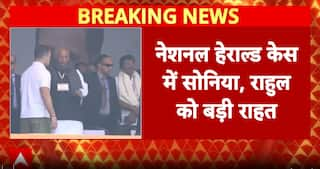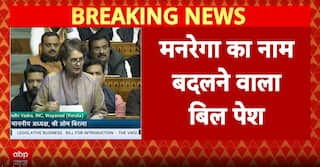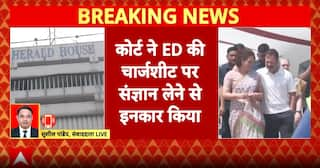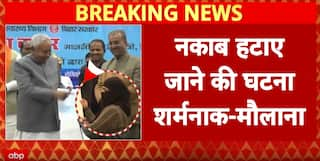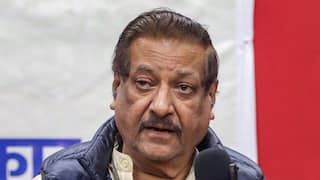Farmers' Protest 2.0 Begins. Here's How It Is Different From First Stir — 5 Points
Farmers march towards Delhi begins on Tuesday at 10 am. Tractor trollies have begun moving, and barriers, nails, and heavy equipment have been deployed to stop them.

Farmers are returning to Delhi after calling off their major protest little over two years ago. Three Union ministers met with them in Chandigarh for a second round of discussions on Monday evening. In terms of goals and leadership, the 2024 protest differs significantly from the yearlong agitation of 2020-21, during which farmers achieved their primary goal of compelling the centre to reverse its agricultural reform laws.
Farmers march towards Delhi begins on Tuesday at 10 am. Tractor trollies have begun moving, and barriers, nails, and heavy equipment have been deployed to stop them — even as discussions were ongoing, with the Centre professing an "open mind" on their demands.
How Farmers' Protest 2.0 Is Different From 2020 Stir? | Top Points
1. Farmers opposed three farm laws in 2020, which were abolished one year later on Delhi's borders in 2021. Delhi Chalo was announced in 2023, seeking a legal guarantee of MSP for all crops, the adoption of the Swaminathan Commission's formula, full debt forgiveness for farmers, pensions for farmers and laborers, and the removal of lawsuits against farmers during the 2020-21 protest.
2. Farmers protest 2.0 is being led by over 200 unions, since the landscape of farmers' unions has evolved in recent years. The Samyukt Kisan Morcha (Non-Political) and the Kisan Mazdoor Morcha have launched Delhi Chalo 2.0. Earlier, the Bhartiya Kisan Union and Samyukt Kisan Morcha, led the farmers' 2020 protest.
3. Rakesh Tikait and Gurnam Singh Charuni were the two main leaders of the farmers' 2020 protest. However, they are nowhere to be seen when the farmers are about to march the streets four years later. Jagjit Singh Dallewal, the leader of SKM (non-political), and Sarwan Singh Pandher, the general secretary of Kisan Mazdoor Sangharsh, are now leading the charge.
4. Farmers were allowed to visit the national capital in 2020, but the administration have taken rigorous preventative measures this time around. All highways to Delhi have been barricaded with barbed wire, cement barricades, and nails on the road. Section 144 has been imposed in Delhi. The Haryana government has also blocked its border with Punjab.
5. This time around, the centre began the negotiating process before the farmers' Delhi Chalo march. The first meeting between farmer leaders and Union ministers occurred on February 8. The second meeting was held on February 12. According to reports, the union government granted the demand to remove all lawsuits against farmers filed during the 2020-21 protest against the now-repealed agricultural regulations, but no promise on MSP has been made.










